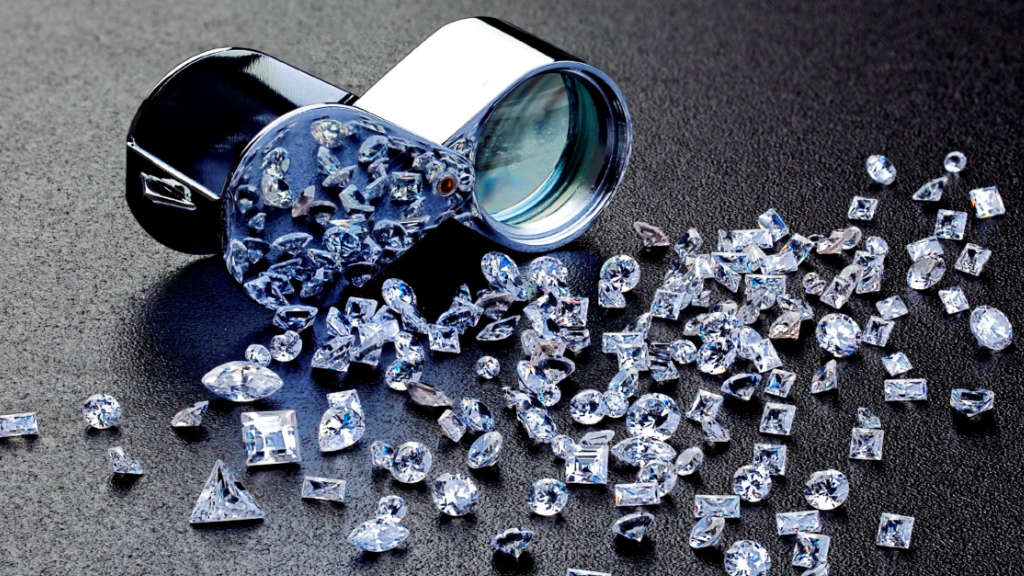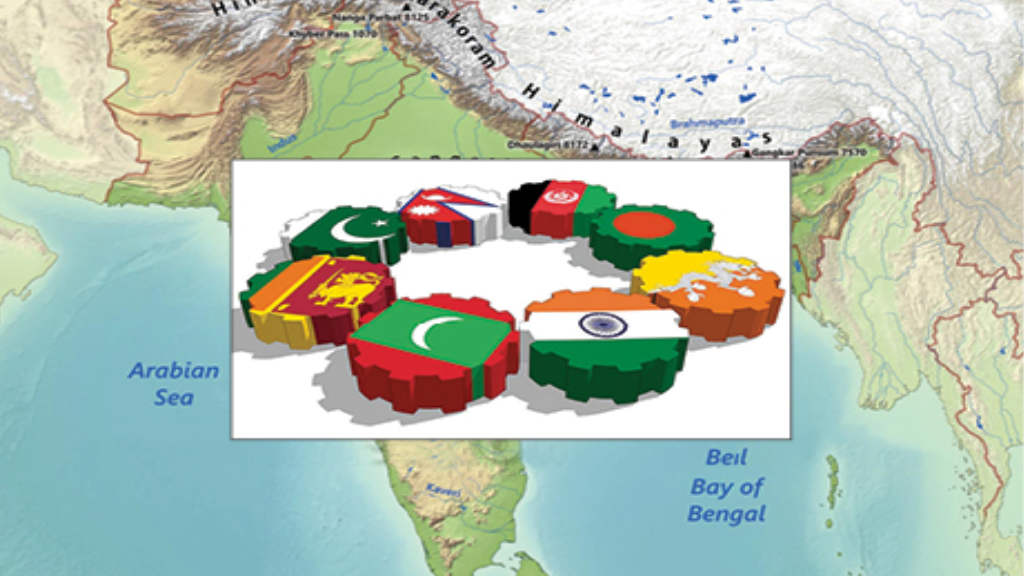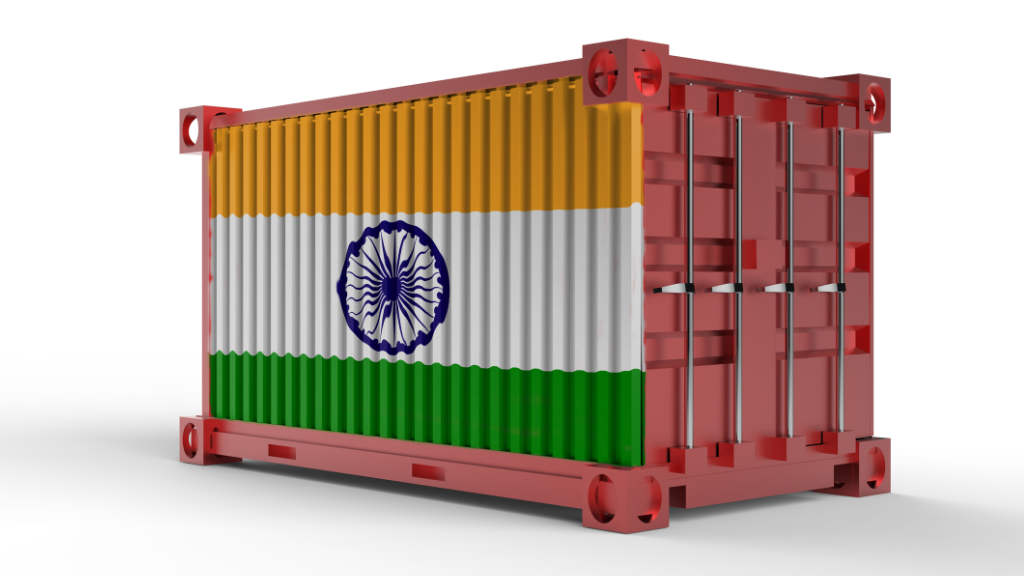First, the good news: Russia doubled its diamond exports to India year on year in August, according to data from India’s Ministry of Commerce and Industry. They surged to a value of US$31.3 million in August 2025, more than double the US$13.4 million recorded in August 2024. Russia is the world’s largest producer of rough diamonds and has historically been one of the key suppliers for India’s giant cutting and polishing industries for decades. India’s gem cutting industry goes back centuries.
Second, the bad news: The total volume of Russian diamond supplies to India as of August this year has decreased by nearly 40% compared to 2024.
Third, the double-whammy sanctions news: Western sanctions against Russia’s diamond trade and its biggest mining company, Alrosa, have affected the Indian diamond processing industry. The European Union and G7 countries have restricted direct imports of non-industrial diamonds which have been mined, processed, or produced in Russia since January 2024. The ban was later extended to diamonds that were cut and polished in third countries but originated in Russia.
In addition, the Indian diamond industry is facing challenges from a 50% tariff imposed by the United States on US imported cut and polished diamonds. This levy includes a 25% punitive tariff as a penalty for the country purchasing Russian oil, in addition to a 25% reciprocal tariff imposed on goods from India after New Delhi and Washington were unable to reach a trade agreement in August.
However, the United States remains India’s largest export market for gems and jewelry products, with the impacts of EU and G7 sanctions on Russian diamonds and US sanctions on not being able to reach a trade agreement and for buying Russian oil putting India’s entire gem cutting industry – and its millions of associated workers at risk.
India dominates global rough diamond processing, handling over 90% of the world’s polished diamonds by volume, with its exports constituting over 46.6% of the India’s Gems and Jewellery exports. It is a sector that directly employs about 1.3 million workers, particularly in the cutting, polishing, trading, and exporting of diamonds. Another 2 million are indirectly involved.
In August, the US partially relaxed the restrictions, introducing a temporary waiver allowing limited imports of certain Russian diamonds before September 1, 2026. The restrictions on Russian gems, have disrupted the Indian cutting and polishing industries, many of which are small family businesses that have been operating in this unique sector for decades, and who have nothing to do with the Ukraine conflict, yet who are being punished for trading with a country that does.
According to the Gem and Jewelry Exports Promotion Council (GJEPC), the gross exports of cut and polished diamonds during April-June 2025 stood at around US$2.8 billion, reflecting a decline of almost 23% compared to the same period last year.
This disruption – which has also decimated the Belgian diamond sales industry, has seen the global market shift – more sales are now conducted in Hong Kong and the UAE than in Belgium. The biggest single diamond market? The United States, responsible for 40% of all purchases. Diamond jewelry sales are up 20% this year – with US importers and retailers taking advantage of increased competition and cut price diamonds in India as domestic businesses compete to try and survive – a classic example of the US ‘sanctions for chaos’ mentality enabling US consumers to enforce lower prices in the resulting market turmoil elsewhere.
But cheaper diamonds in the United States comes at the expense of less food on the table for the family diamond cutter in India’s Gujarat state, where most of India’s gems are processed. Gujarati diamond cutting salaries range between US$170 and US$400 a month, typically with a non-working wife and two children to support. The Ukraine conflict now extends its impact to the Asian lower classes – those who can least afford it and who will never visit Ukraine, Russia, or Europe.
Further Reading





